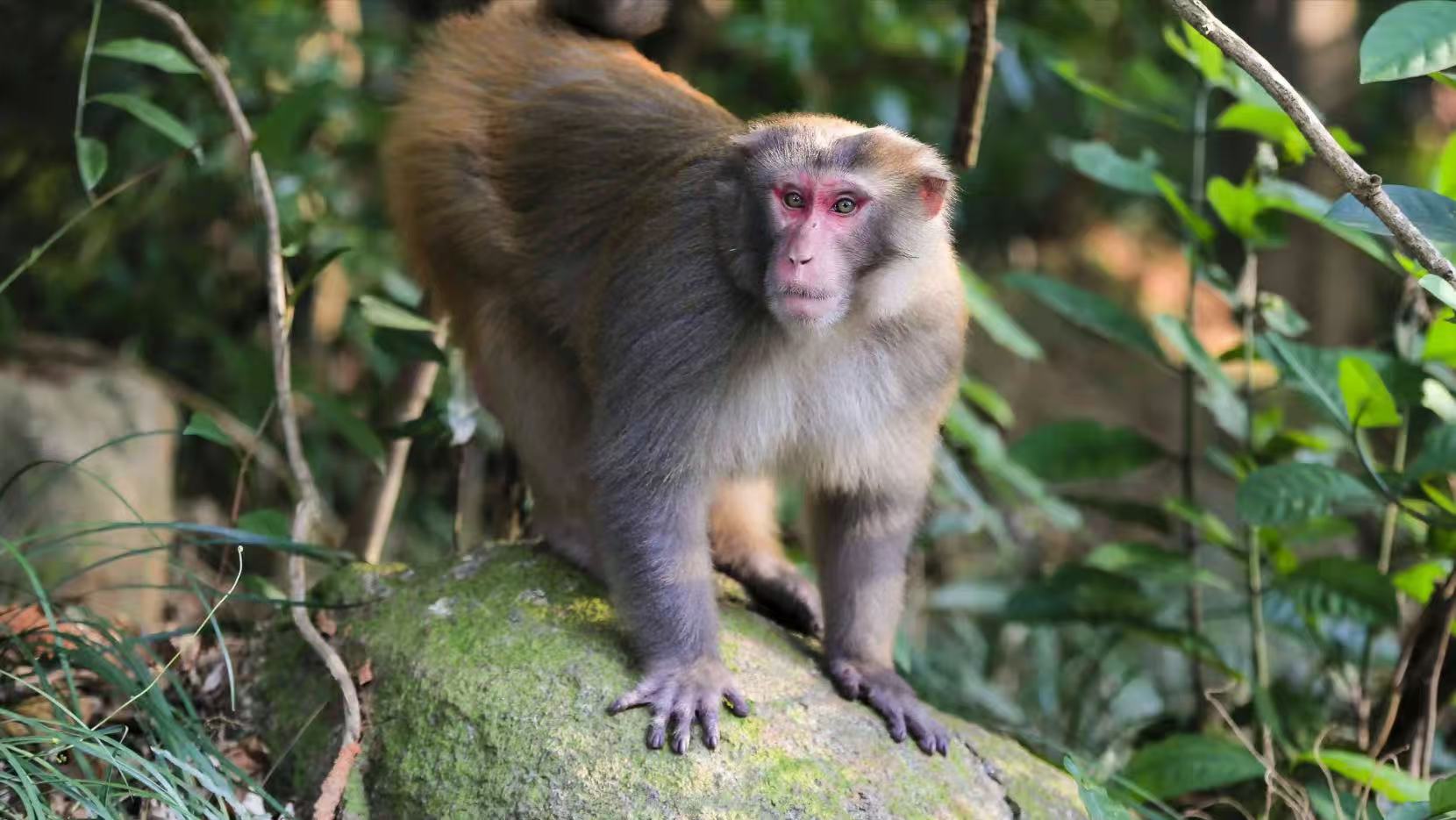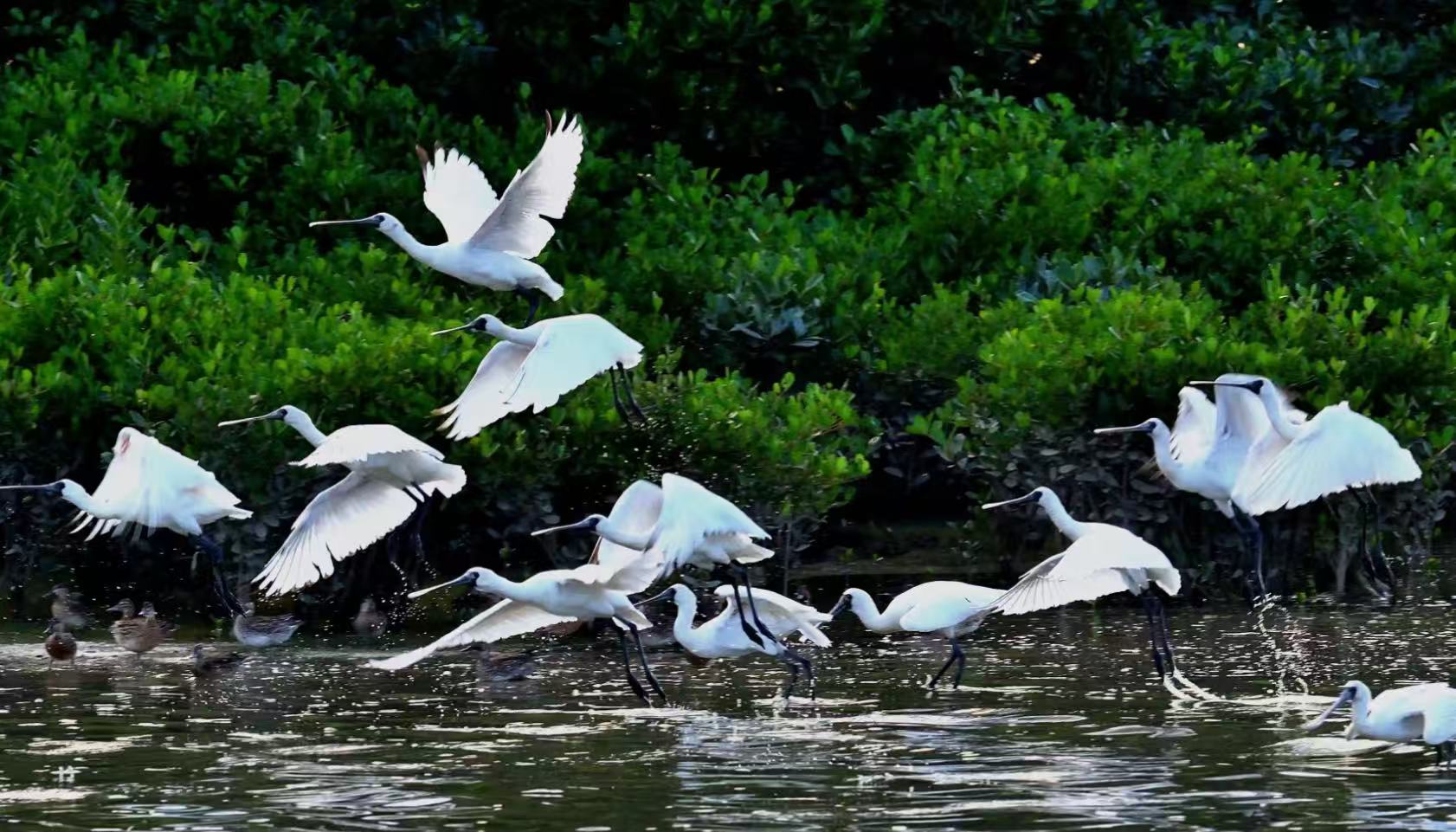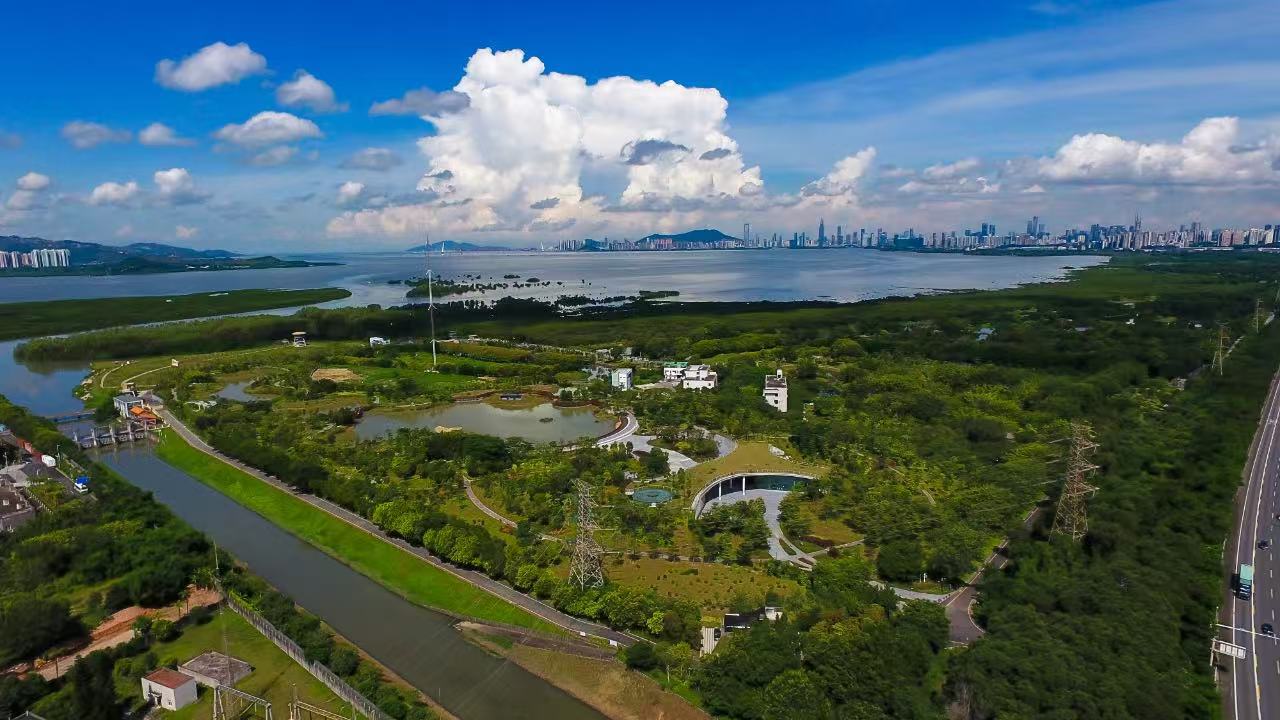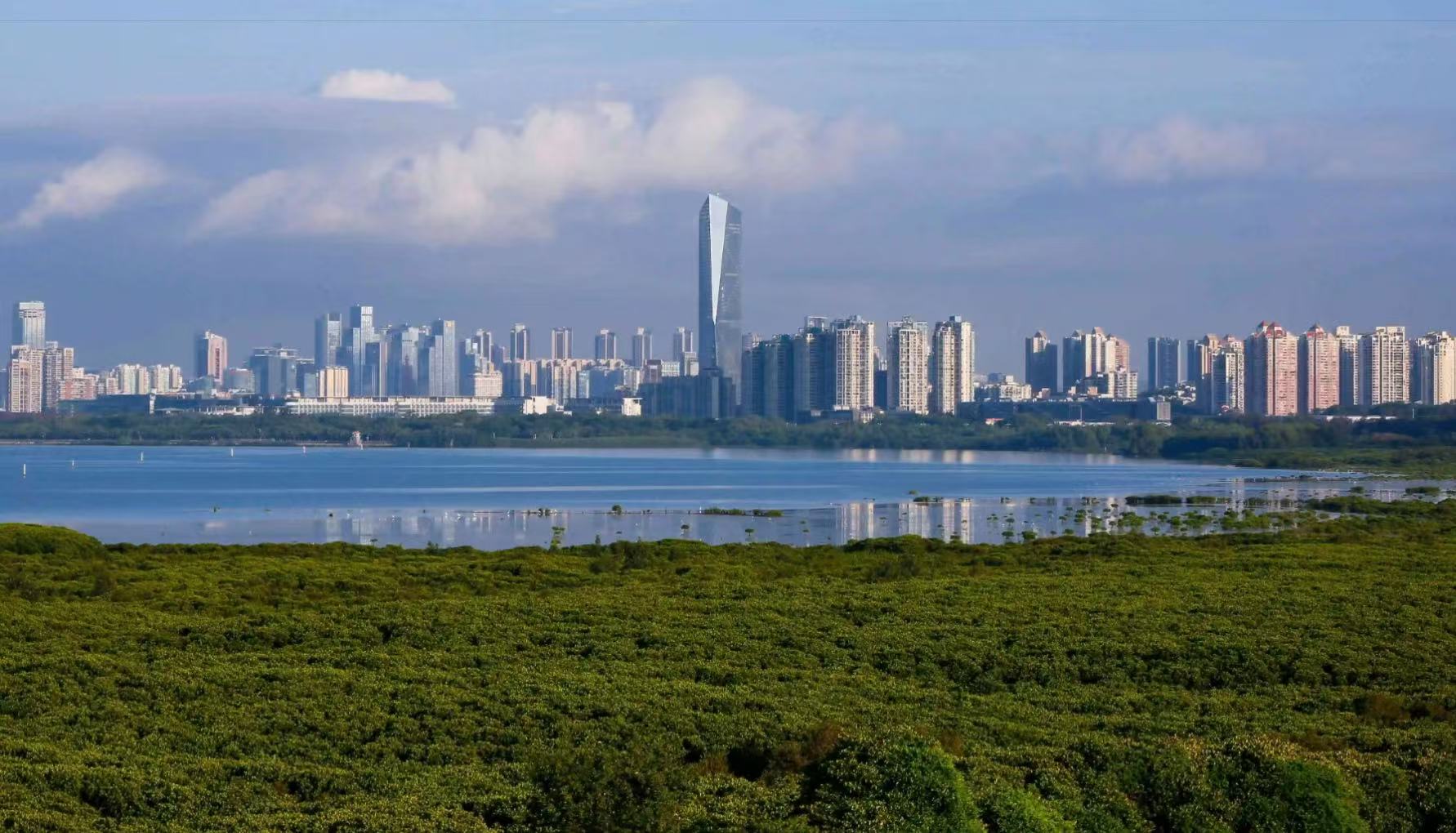Shenzhen’s wetlands are shining on the global stage again!
On July 27, 2025, the Guangdong Neilingding Futian National Nature Reserve and the Shenzhen Bay Park Wetland Education Centre received the prestigious Star Wetland Centre Award during the 15th Meeting of the Conference of the Contracting Parties to the Ramsar Convention on Wetlands (COP15) in Victoria Falls, Zimbabwe.
The Star Wetland Centre Award, presented by Wetland Link International (WLI), honours globally outstanding institutions in wetland conservation, ecological education, and public engagement.
This recognition celebrates the city’s long‑term commitment to building a healthy wetland ecosystem and inviting citizens to take part in its protection.
Guangdong Neilingding Futian National Nature Reserve
 Image via Forestry Administration of Guangdong Province
Image via Forestry Administration of Guangdong Province
Established in 1984 and upgraded to a national nature reserve in 1988, this 921.64-hectare reserve is truly a treasure of the Pearl River Estuary.
It includes two distinct ecological areas:
 Macaque / via Forestry Administration of Guangdong Province
Macaque / via Forestry Administration of Guangdong Province
Neilingding Island (554 ha) is a lush subtropical island sitting between Shenzhen, Zhuhai, Hong Kong, and Macau. Its peaks, including Jianfeng Mountain (340.9 m), are draped in evergreen forests and home to 821 vascular plant species, including rare wild lychee and longan trees.The island also shelters China’s largest population of wild macaques—over 1,200 monkeys—as well as pangolins, leopard cats, and other protected wildlife.
 Black-faced Spoonbills / via Forestry Administration of Guangdong Province
Black-faced Spoonbills / via Forestry Administration of Guangdong Province
Futian Mangrove Area (367.64 ha), the only native mangrove forest located in Shenzhen urban area and China’s smallest national nature reserve, is a crucial stopover for migratory birds along the East Asian–Australasian Flyway. With over 273 bird species recorded, including black-faced spoonbills, relict gulls, and pelicans, the site is a winter haven for nearly 100,000 migratory birds annually. In fact, 4.6% of the global population of black-faced spoonbills visit each year!
Together, these two areas form an irreplaceable green wall of Shenzhen Bay, balancing urban life with nature and acting as a living classroom for biodiversity research and wetland education.
Visiting Tips
Visits are by reservation only, with 80 slots per day, and the park is closed on Mondays.
Reminder: Reserve in advance (slots open 3 months ahead at midnight), arrive via green transport, and no pets are allowed.
Shenzhen Bay Park Wetland Education Center
Opened on November 1, 2015, this was China’s first free nature education centre built inside a municipal park.
Its daily operations and education programs are run by the Shenzhen Mangrove Wetland Conservation Foundation (MCF).
Located along the scenic Shenzhen Bay coastline, it is famed for its interactive programs that make mangrove protection, birdwatching, and eco-friendly living accessible and fun.
Every year, its summer workshops and family activities attract city dwellers eager to step into nature without leaving town—proving that wetland conservation can thrive even in the heart of a bustling metropolis.
Visiting Tips
Center operation hours: 10am-12pm, 2pm-4pm (closes on Mondays)
The best birdwatching season at Shenzhen Bay Park is from October to April of the following year. Before birdwatching, please check the tidal forecast in advance.
Migratory birds usually feed during low tide.
The main birdwatching spots are from the mangroves to Zhongwan Yuehai Square, as well as the area from Xiaosha Hill to the Dayun Torch Tower.
 Image via Futian Mangrove Ecological Park
Image via Futian Mangrove Ecological Park
So, what are you waiting for?
Get out there and explore these amazing wetland sites for yourself.
Whether you’re birdwatching, creating eco-art, or simply enjoying a peaceful walk through the wetlands, there’s something for everyone to enjoy and something for everyone to learn.
[Cover image: Guangdong Neilingding Futian National Nature Reserve
via Forestry Administration of Guangdong Province]





















0 User Comments